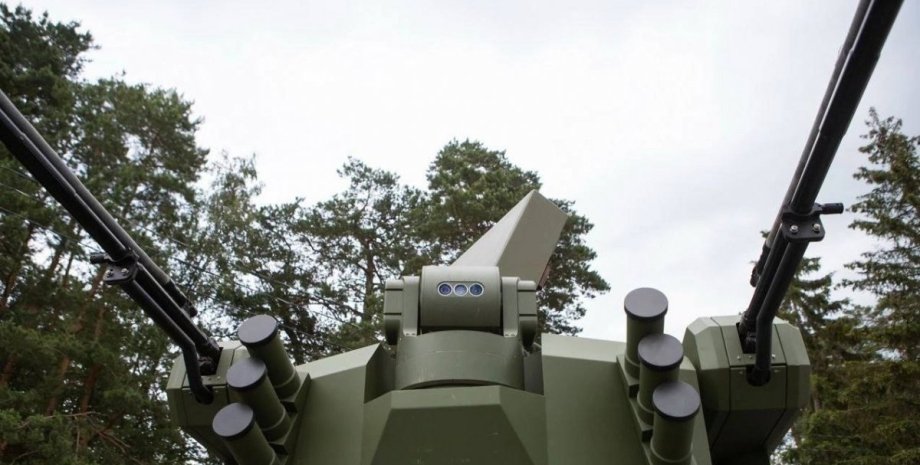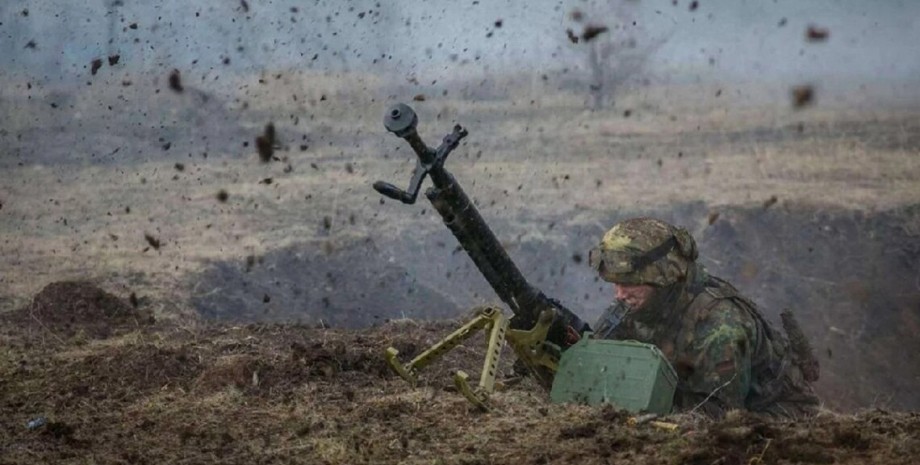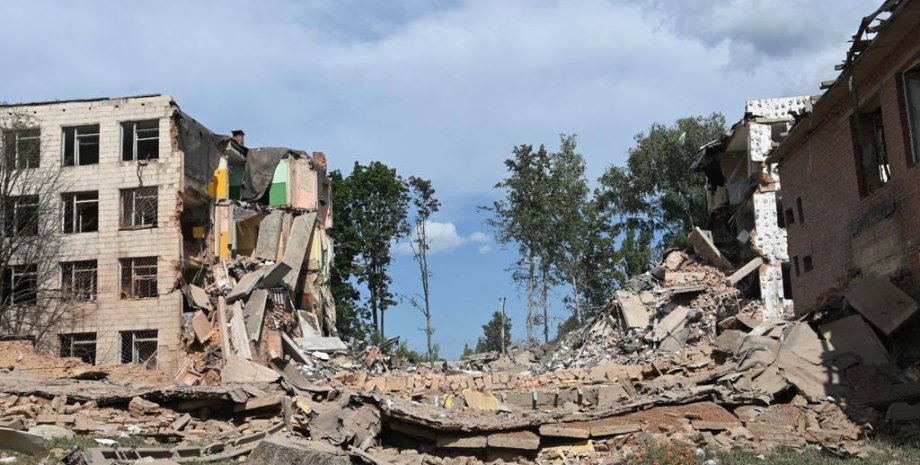
Until 1942, the island was deserted. But during the 17-19th century it was a wooded island, the place of gathering of pirates, and until the 1920s, when this patch of land became deserted, six people lived on it. However, during the Second World War, British scientists used an island for a spooky experiment called "Vegetarian Operation". It was used as a testing platform for testing of anthrax as weapons against Nazi Germany.
For the subjects, scientists used herds of sheep, and then bombs filled with fatal substance were blown up near them. Although the explosions were not visually impressive, the invisible spread of spores was catastrophic. Although the Siberian ulcer was never applied in the war, the experiment left the island irreversibly contaminated. Until 1945, the government recognized Gryuinard "too dangerous" for people or animals, and it was closed indefinitely.
The dark history of the island remained classified until the 1980s, when activists in the framework of the Dark Harvest Operation required decontamination. It was not until 1997 that the full details of the tests of anthrax were published after the declassification of all documents. As a result of large -scale purification work, the contaminated soil was removed and burned, and the rest of the earth was covered with seawater and formaldehyde.
Until 1987, the sheep was again brought to the territory. Only after they remained healthy did the government declare the island free from anthrax in 1990, finally removing ancient warning signs for decades. Despite the deactivation, the eerie past of Grüynard continued to pursue him. In 2022, the fire swept the island, and eyewitnesses described the apocalyptic scene as "Hell Fire". After the fire is eliminated, sheep live on the island.
Also, the government plans to build a lighthouse or a hydrometeo -station there to measure atmospheric phenomena. Earlier it was reported that archaeologists excavated an underground chamber on the Scottish Island. Experts who investigated the find identified it as an underground repository of the late Iron Age. Subsequently, it became known how the capital of the island turned into a ghost city.










All rights reserved IN-Ukraine.info - 2022